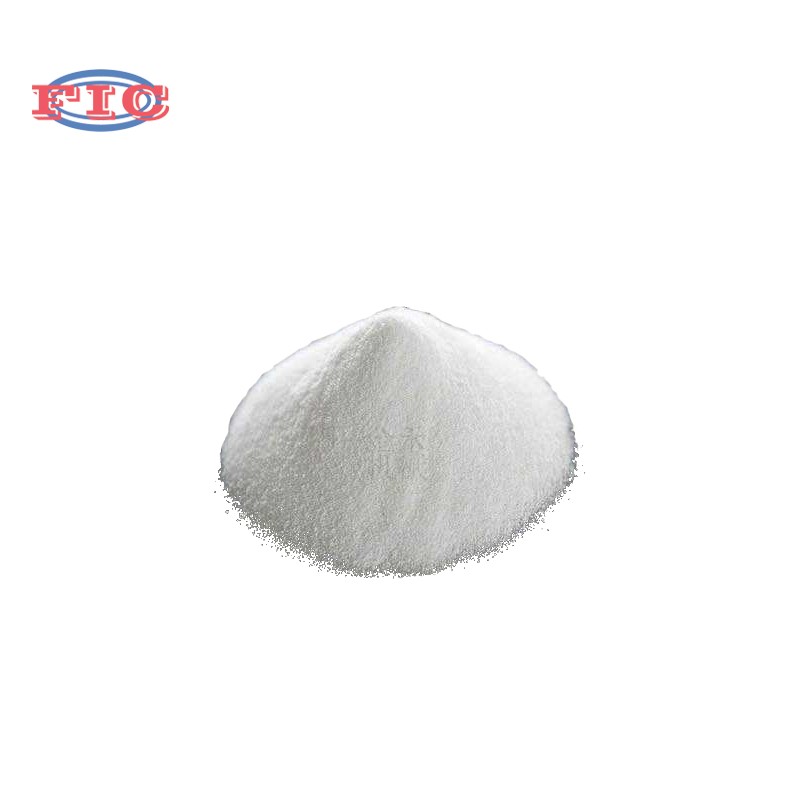
Le propylène glycol est-il nocif pour le corps humain ?
Recently, a TV program in the inspection and analysis of wet tissues on the market declared that “propylene glycol is a low-toxic chemical solvent. If you wipe your hands with wet tissues (containing propylene glycol) for a long time, and then eat, it will cause toxic substances. Entering the gastrointestinal tract, there is a potential safety hazard.” While causing a new round of public panic about wet wipes, it also caused people to fear propylene glycol.
In fact, the TV show was wrong about propylene glycol. Propylene glycol is not only a legal skin care moisturizer and antibacterial agent, but also a legal food additive. As a professional platform for food additives and ingredients, Baogu.com has come to rectify the name of propylene glycol today.
When mentioning the safety of food additives, we often have to mention the sentence “Any statement about toxicity and safety without dosage is a hooliganism.” This is also a key phrase for food additive safety. Propylene glycol does have an effect on the nervous system and is irritating, but the important thing is that both are extremely low. As long as it does not exceed the prescribed limit, ingestion or skin contact is relatively safe, especially the effect on nerves will only appear when a very large dose is taken. For example, TOXNET’s animal experiments show that propylene glycol starts to inhibit the central nervous system only after the daily intake of more than 13.2 grams per kilogram of body weight.
In the appendix of the “Standards for the Use of Food Additives” (GB 2760-2011) issued by the Ministry of Health, the use of propylene glycol in “raw wet noodle products (such as noodles, dumpling wrappers, wonton wrappers, and roasted wheat wrappers)” and “cakes “Among the two types of food, the maximum dosage is 1.5g/Kg and 3g/Kg, respectively. This dosage level is moderate in this standard.
In addition, the U.S. Food and Drug Administration (FDA) also approved propylene glycol as a food additive, which is listed in the “Added to Food in the United States (EAFUS)” catalog, numbered 1615, literature The category code is ASP. Indicates that FDA has not found that propylene glycol has no reason or risk that it cannot be used as a food additive, allowing it to be used in alcoholic beverages 5%; candy and frosting 24%; frozen dairy products 2.5%; flavoring and flavoring agents, 97%; nuts and nuts 5% for products; 2.0% for other foods.
The allowable daily intake specified by the Food and Agriculture Organization of the United Nations FAO and the World Health Organization WHO (ADI, which refers to the dose of a foreign chemical that is taken by a normal adult with food, drinking water and air daily without causing any damage) is 0-25mg/kg, allowing it to be used in cottage cheese, 5g/kg of its cream mixture (used alone or in combination with other carriers and stabilizers).
Japan and the United Kingdom also allow propylene glycol to be used as a food additive. In Japan. Propylene glycol can be used for raw noodles, raw stuffing, cuttlefish smoked products; dumplings, siu mai, spring rolls, wontons, etc.; other foods, the maximum use amount is less than 2%, 1.2% and 0.6% of the total weight. In the UK, propylene glycol can be used in cakes (maximum usage 3.0g/kg) and gum gum.
To sum up, these regulations all show one thing: as long as the propylene glycol is used in food within the specified range and used in excess, it is safe for the human body. Even if it is consumed for a long time, there is no obvious safety hazard. Therefore, there is no need for the public to panic about propylene glycol. (Source of information: Baogu.com, please contact the webmaster to delete if it involves infringement)












